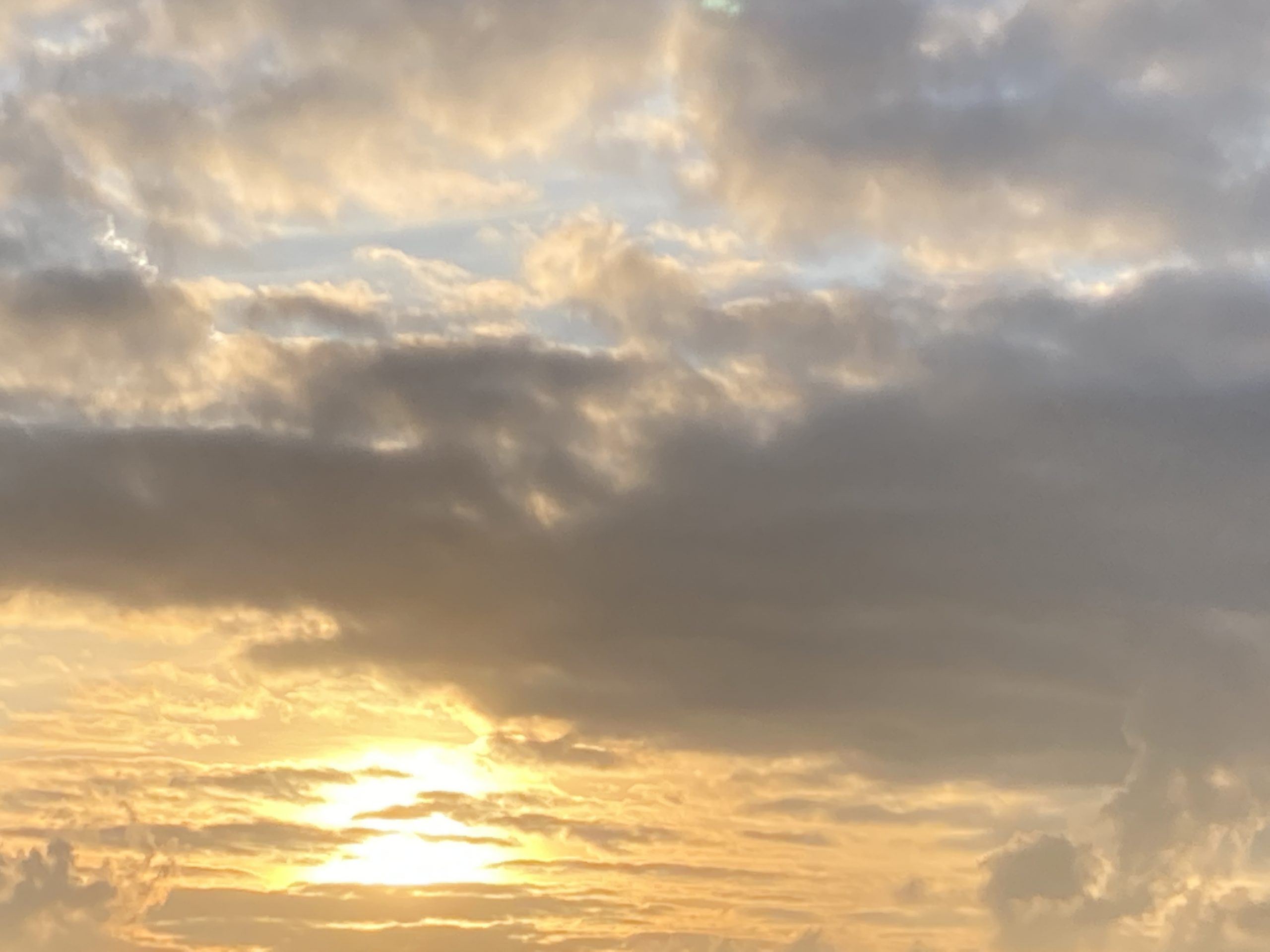Was greeted earlier this morning by a picture of a black swan, spotted by a nature-loving local up in Eagle Pond near Snaresbrook. I’ve never seen one before and until I looked it up, didn’t know that black swans were a completely different species to the mute swan (Cygnus olor) that we are most familiar with over here. I always imagined that the inky feathers of the black swan were an anomaly, the product of a genetic mutation rather than the distinctive plumage of a species all of their own.
Black swans (Cygnus atratus), it turns out, breed mainly in Australia but were brought over to the UK in the 1800s as ornamental birds – in a similar fashion to peacocks and golden pheasants. Over the years some black swans have escaped into the wild, so sightings on our rivers, ponds and lakes are not unknown. But the sighting still feels steeped in symbolism, one story being that black swans represent a shift in power from victim to victor especially when times are hard. It’s probably just the time of year though: anything and everything feels like a sign right now!
I wonder i it will find a mate. Black swans and mute swans can technically produce offspring together but this is not thought to be a good outcome for either population. Perhaps this one has a friend that has yet to make itself known.
I study the photography again and marvel at the swan’s bright red beak with a white stripe on top. Apparently there are also white flight feathers under its otherwise inky black coat, which are fully moulted after breeding leaving the black swan flightless for around a month. Comments underneath the image refer to its beauty, a nod to the impact of its striking natural features but also in reference to its rarity, the phenomenon of standing out from the flock.
Interesting that we don’t always see humans in the same way. Something to think about as day becomes night. Maybe I’ll try and get the boys up there tomorrow so we can see this thought-provoking avian beauty for ourselves.

